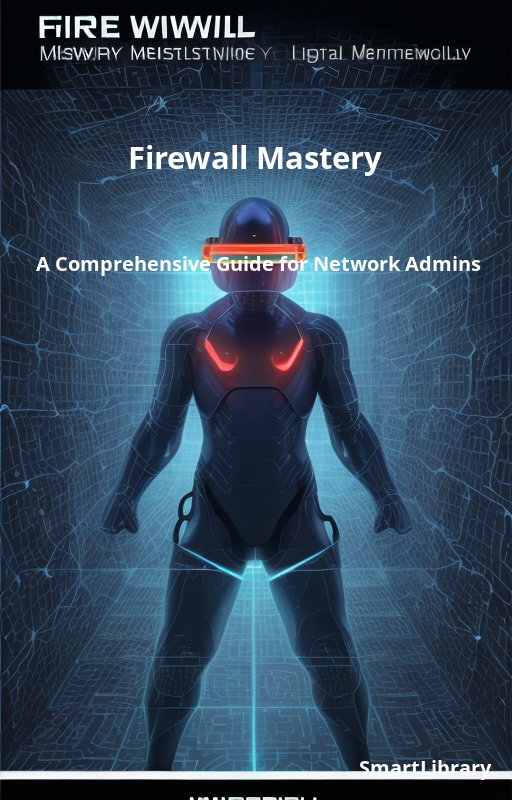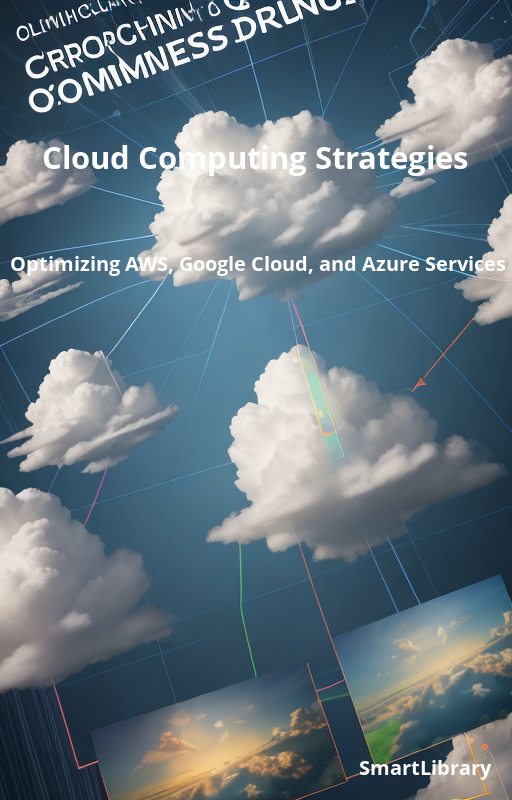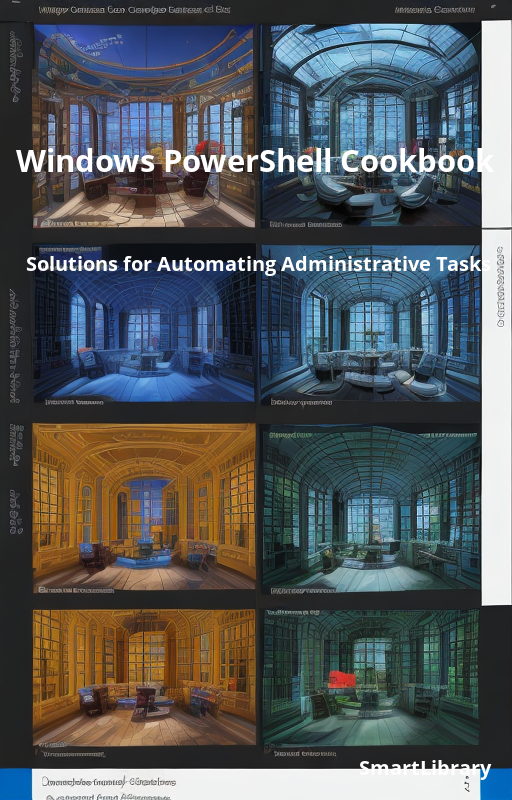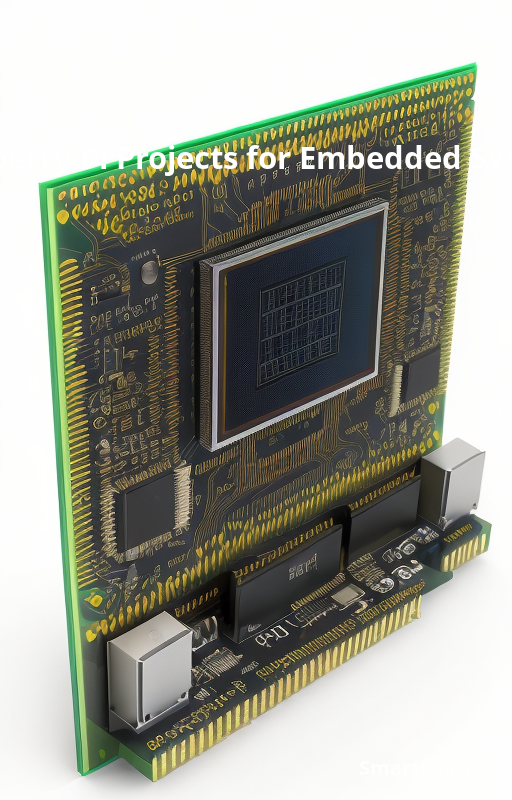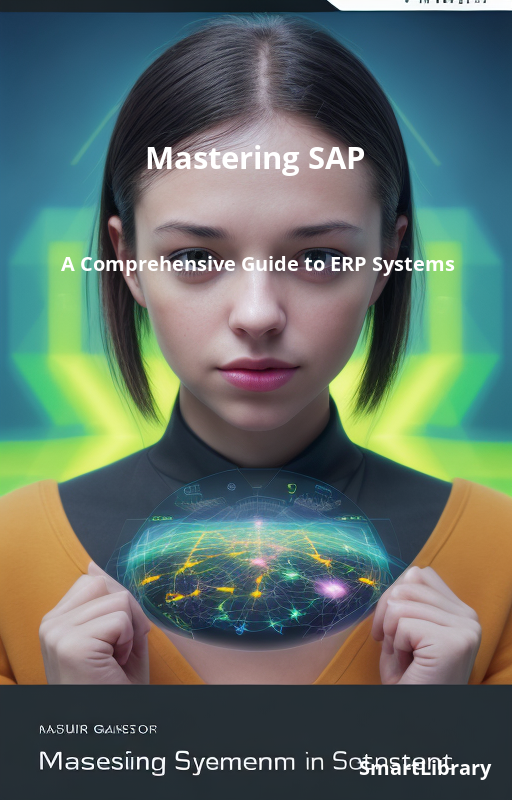
Computer Vision: A Visual Journey into AI
In the fascinating realm of Computer Vision, the integration with Artificial Intelligence (AI) has yielded remarkable advancements. By exploring the fundamentals of image recognition, object detection, and image segmentation, one can unravel the intricacies of this field. Computer Vision, powered by AI algorithms, allows computers to perceive the visual world in ways similar to humans, revolutionizing various industries.
Image recognition serves as the foundation of Computer Vision. It involves the development of algorithms that enable computers to categorize and understand the content of images. Through advanced machine learning techniques, computers learn to recognize patterns, objects, and even specific features within images. This ability has profound applications in various domains, such as identifying faces in photographs, classifying objects in video streams, or recognizing handwritten characters.
Object detection expands upon image recognition by not only identifying objects but also localizing and delineating them within an image or video. This process involves creating bounding boxes around detected objects, allowing computers to precisely locate and track them. Object detection has paved the way for innovative applications, including automated surveillance systems, anomaly detection in manufacturing processes, and even assisting visually impaired individuals through object recognition.
Image segmentation takes Computer Vision to the next level by dividing an image into distinct regions based on pixel intensity or other visual characteristics. This approach enables computers to understand the fine-grained details of an image and differentiate between various objects or backgrounds within a scene. With image segmentation, computers can extract precise information from medical images for diagnostic purposes, assist in autonomous vehicle navigation by detecting and segmenting road elements, and enable advanced video editing techniques.
The integration of Computer Vision and AI has resulted in remarkable advancements with far-reaching implications. In the realm of autonomous vehicles, Computer Vision algorithms play a pivotal role in enabling cars to perceive and navigate their surroundings. From detecting traffic signs and pedestrians to interpreting road conditions, this technology has the potential to revolutionize transportation and increase road safety.
Medical imaging benefits greatly from the merger of Computer Vision and AI. By leveraging image recognition and segmentation techniques, computers can assist in the diagnosis of various medical conditions. From detecting tumors in MRI scans to identifying specific structures within X-rays, Computer Vision algorithms aid healthcare professionals in providing accurate and timely diagnoses.
Augmented reality (AR) represents another exciting application of Computer Vision and AI. By combining real-world images or video with computer-generated information, AR enhances our perception of reality. Computer Vision algorithms enable AR devices to accurately track and overlay digital content onto real-world objects, creating immersive and interactive experiences across various domains, including gaming, design, and education.
In conclusion, the fusion of Computer Vision and AI has opened up a world of possibilities. With image recognition, object detection, and image segmentation at its core, this technology is revolutionizing fields such as autonomous vehicles, medical imaging, and augmented reality. As we continue to push the boundaries of what computers can perceive and understand visually, the impact of Computer Vision integrated with AI is set to transform numerous industries and change the way we interact with the world around us.














